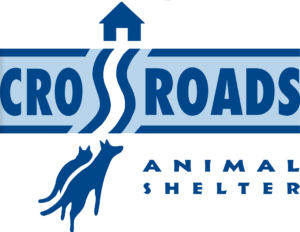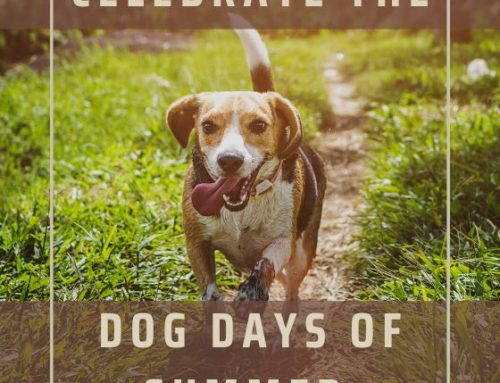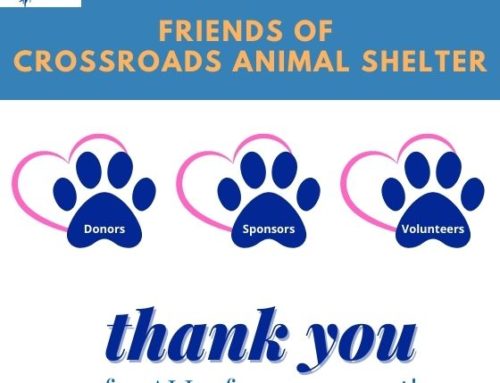School is out, boats are in, flowers are up, windows are down, furnaces are off, and the heat is on!
As we head outside to enjoy the brief, beautiful Minnesota summer, let’s remember a few basics of keeping our four-legged friends happy, healthy, and safe.
Hot Time in the City. And the Country
- Never leave your pet in the car. Even with the windows down.
- When outside, make sure shade is always accessible – dogs keep cool by panting, so breathing hot air takes more effort and is less effective in keeping comfortable. Breeds with short muzzles (boxers, pugs, shih tzus, Persian cats, for example) have even more difficulty in extreme heat.
- Keep cool water available. Always.
- Dogs sweat through the pads on their paws – avoid walking or keeping them on hot pavement and metal (think unlined truck beds) to prevent increasing body temperature or burning paws.
- Schedule walks and play times during the cooler morning or evening hours.
- Cats relish a nap on a sunny windowsill – remember to keep your screens secured to keep your cat inside.
- Your dog may appreciate a cool shower or a dip in the pond, plus, you can find a variety of cooling body wraps, collars, mats, and pads to help beat the heat.
Too Hot
If your pet experiences signs of heatstroke – difficulty breathing, glazed eyes, rapid heartbeat, excessive thirst, lethargy, dizziness, profuse salivation, vomiting, seizure, a deep red or purple tongue – treat at once:
- Get her/him in the shade or an air-conditioned area.
- Place a cool or cold, wet towel around the neck and head (don’t cover eyes, nose, or mouth) and re-wet every few minutes.
- Run cool water over her/his body (especially the abdomen and between the hind legs), use your hands to massage her/his legs and sweep the water away as it absorbs the body heat.
- Get her/him to a veterinarian as soon as possible.
Food Fun in the Summertime
- Keep your canines out of the cookout chow line – the food we enjoy at our backyard barbeques may be harmful to our pets. Alcohol, chocolate, garlic, grapes, hops, nuts, and onions can cause problems for your pets.
- The internet offers numerous ideas for healthy frozen pupsicles – experiment a little with your lab partner to find a favorite cooling-off treat!
- Speaking of food – be sure to store your pet’s food and treats in a cool dry location, off the floor, in tightly sealed containers, to prevent summer insect infestation.
Summer Nights
We can’t talk about summer safety without mentioning thunderstorms and fireworks. Dogs’ senses allow them greater awareness of atmospheric changes, and their survival instincts create the need to find safe shelter, which is usually a small, familiar place. So, when the weather turns stormy, let your dog go to a safe space, a crate, a closet, a spot on the stairwell, or wherever he finds comfort.
Closing blinds to block the lightning and playing calming background noise (dogs like classical music) may also help soothe uneasy dogs, as might quiet talking and petting with long, calm strokes.
Dogs that engage in destructive, self-soothing behaviors like licking and chewing may find solace in anxiety vests or puzzle toys.
Those back-to-school ads will be here before we know it, so be mindful of a few precautions to ensure you and your pet have fun, fun, fun, all summer long!
_________________
Click on the link to see an infographic from the ASPCA about the dangers of leaving a pet in a vehicle.
_________________
Sources:
American Kennel Club (https://www.akc.org/expert-advice/training)
American Society for the Prevention of Cruelty to Animals (https://www.aspca.org/pet-care)
American Veterinary Association (https://www.avma.org/resources/pet-owners)
Humane Society of the United States (https://www.humanesociety.org/resources)
Pet Food Institute (https://www.petfoodinstitute.org/blog/summer-safety-tips-for-your-pet)
Pet Health Network (https://www.pethealthnetwork.com/seven-summer-cat-and-dog-safety-tips)
Submitted by: Lisa P.




